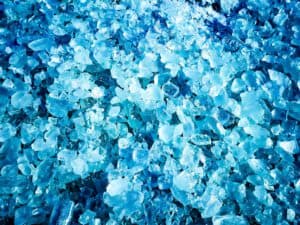SILICATE PAINTS

water glas
Silicate paints are currently undergoing a renaissance, as it has been found that not all base layers are suitable for dispersion façade paints. This paint perfectly evens out the structural differences between old and new plaster, including restoration plaster.
It can also cover micro-cracks in base plasters and creates a unique transition bridge between the old dispersion paint and the new silicate paint.
Its characteristic optical properties give painted surfaces a natural mineral matte look. If the principles for working with silicate paints are followed properly, these paints are highly constant, and how long they last depends solely on the quality of the base plaster.
The bond is highly stable and resistant to acids. Silicate paints are equally long-lasting, and this applies for all generations of silicate.
